BANGKOK, 27 November 2019: Tourism Authority of Thailand governor, Yuthasak Supasorn, has led the marketing agency since September 2015. At the end of September 2019, he renewed his contract for another four years; his second term in office.
As TAT prepares to celebrate its 60th anniversary in 2020, TTR Weekly posted questions to the governor on the milestones of his first term and the journey ahead that will reshape the Thai tourism experience.
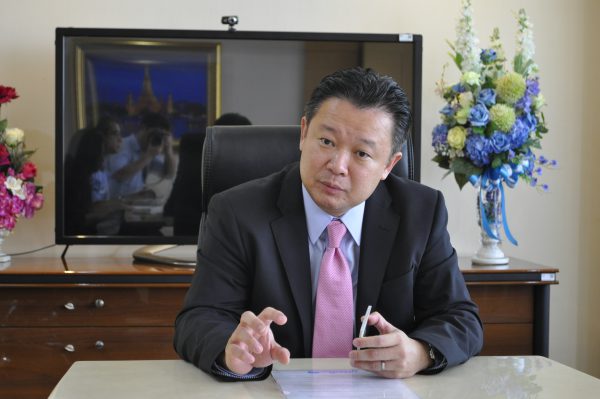
PAST SUCCESS
Q: In October, you renewed your four-year contract to head TAT. Looking back could you identify specific accomplishments during your first term that achieved a change of direction for the TAT’?
A: I consider myself very fortunate to have assumed the reins of TAT at a time when there was total stability within the country, the ASEAN region and globally.
This made my job much easier, as it freed me up to focus on my core responsibilities; to market and promote the destination and, to the best possible extent, manage the numbers.
Since I took over, visitor arrivals increased from 24.8 million in 2014 to 38.1 million in 2018. This has been possible because of the hard work of all the TAT staff and the full support and partnership of the Ministry of Tourism and Sports, all the many government agencies, the airports, airlines and the private sector. It’s been a collective effort.
Today, we can all be proud of the fact that tourism accounts for 17.7% or over THB3 trillion of the local GDP. In 2018, the sector employed an estimated 4.26 million people in both direct and indirect jobs.
As a country, we are also very fortunate to be blessed with a very good geographical location. We now get 75% of our visitor arrivals from short- and medium-haul countries; such as China, India, Russia and Japan, and the ASEAN countries; such as Lao PDR and Malaysia. So, once you have the airline connections and visa-free facilities, plus good infrastructure, it makes our marketing job easier.
As there is plenty of seating capacity going into our main gateway airports in Bangkok, Phuket, Chiang Mai as well as other regional airports; such as Samui and Hat Yai, it enables us to proceed with our signature campaign to promote 55 emerging provincial destinations. This is in line with the objectives of the 12th National Economic and Social Development Plan, the government’s policy on economic development direction, the 2nd National Tourism Development Plan (2017 – 2021), Thai Tourism Strategy 2018 – 2020, as well as the TAT Enterprise Plan 2017 to 2022.
One other project I am very proud of is the Michelin guidebook entry. We signed up with the Michelin in 2017, and the brand-name guidebook for global culinary connoisseurs has steadily added more and more restaurants over the years. Thailand now has 282 restaurants and food stalls listed in this world-famous guidebook. It has generated enormous positive publicity and generated strong inter-sectoral linkages with our bedrock economic force, agriculture.
We also launched other great campaigns to boost high-spending, long-staying visitors; such as Health and Wellness, Weddings and Honeymoons, Ecotourism and Adventure, and Sports Tourism. All of these have created positive results.
The only major crisis I have had to deal with was the Phuket boat accident in 2018. It was natural for the Chinese market to drop after that due to safety concerns. But we were able to move quickly to regain confidence and to do aggressive in-market activities. It took a few months before Chinese visitors began to recover, and they are still generating more than 10 million arrivals.
GOING FORWARD
Q: What factors encouraged you to sign for a second four-year term, and what are the strategic objectives that you intend to achieve during your second term?
A: I would like to thank all our TAT Board Members for their continued confidence in me. Next year will mark the 60th anniversary of TAT’s founding, and we will need to make many adjustments to strengthen our ability to deal with intensive change and intensive competition. That is now work in progress, and I hope to complete it over the next four years.

Our over-arching objective now is to balance marketing and management and put an equivalent focus on responsible and sustainable tourism. The 2020 Promotion of Tourism Promotion Action Plan covers six dimensions:
1. Develop community tourism forms and tourism products that have good potential to accommodate the right target markets.
2. Promote quality tourists along with attracting first-time visitors from new source markets and encourage Thai tourists to travel domestically.
3. Encourage the creation of tourism standards in order to build trust and safety for tourists and tourism operators.
4. Create a network of effective value chain tourism partners for sustainable tourism development.
5. Encourage tourism business operators to apply technology and innovation to enhance tourism competitiveness.
6. Develop TAT internal processes and personnel to create a Culture of Excellence and enhance their ability to cope with the changes.
I have also created the acronym “NExT MOVE” for formulating strategies and action plans in 2020.
NExT
N = Nation & Nature
Uphold the identity of the Thai nation through capacity enhancement. This will be done by creating a virtuous society based on our strong cultural traditions, which have been passed down from generation to generation. Developing and designing community tourism patterns in tourist destinations nationwide to ensure internationally accepted safety standards will also be initiated.
Ex = Exponential Organisation
Aim to be an organisation with efficiency and rapid growth (Exponential Organisation) that boosts the productivity of staff at all levels. Use new organisational techniques and technology to encourage innovation and work efficiency.
T = Transformation & Technology
Technological change (Transformation & Technology) means responding to change (Disruption) in distribution and communication networks. These changes have significantly altered the travel decision process of tourists, especially the Millennials. Hence, we have to respond accordingly by upgrading our ability to use these same technologies in creative and innovative ways.
MOVE stands for the following:
M= Marketing & More;
O = Operational Excellence;
V = Value Creation;
E = Effectiveness.
Combined, the NExT MOVE is a rallying slogan to ensure that the entire TAT family works as one to do what we have always been doing – strengthening the Thailand brand image and competitive advantage, keeping a careful eye on costs, ensuring that we deliver a valued experience and staying focussed on the mission to deliver an economically productive, culturally vibrant, and ecologically sustainable industry.
ON MEASURING SUCCESS
Q: Apart from more recent engagement with social media, TAT still relies heavily on a network of overseas offices and attendance at expensive trade shows. Just how cost-effective are they and how do you measure their success going forward?
A: International trade shows and roadshows are absolutely necessary to touch base with the business sources, monitor trends and take advantage of leads and opportunities. It also provides a platform for new entrepreneurs to meet potential contacts and negotiate business. It is all about building relationships. However, there is a lot of competition amongst trade shows, and we have to be very selective about which ones to attend. We also do thorough RoI evaluations, and here are a few examples of the results:
ITB Berlin 2019
Estimated Return on Marketing Investment (ROMI) equal to 51.74 times. Expected to generate tourism income into the country about THB 699,708,959.
CITM 2018 (China)
The ROMI estimate is 32 times.
Expected to generate revenue into Thailand THB314 million.
SATTE 2019 (India)
This activity can generate income back to Thailand about THB1.006 billion.
Generate income equal to 188.2 times.
IS THE BUSINESS MODEL STILL RELEVANT?
Q: After 60 years, is this the right time for TAT to review its business model as well as staffing levels at the head office and branch offices in the context of digital era communications and global connectivity?
A: We are always reviewing our internal management systems and processes. That is critical to help us respond effectively to changing market conditions. Do not forget, we are responsible for both domestic and international marketing, and both face totally different challenges and conditions.
We have now set up offices under the Deputy Governor for Digitalisation, Research and Development. These offices are responsible for policy-making and corporate information planning. They also head electronic commerce operations, corporate websites and development of the marketing database to make it a knowledge hub on Thai tourism via research and academic services. It is also responsible for the development of tourism personnel.
Under the Deputy, the Marketing Information Division is responsible for analysing, designing, developing, supervising and maintaining the system, creating online marketing guidelines and content to reach the target tourist groups effectively.
We have also beefed up the Corporate Social Responsibility and Sustainability Division, which now oversees all our projects and campaigns related to the responsible and sustainable tourism agenda. In the last year alone, we have undertaken many activities in this area, from curbing plastic usage to beach cleaning, cutting back on food waste, and much more.
ON TAT DOMESTIC OFFICES
Q: What exactly is the role of the directors of the TAT offices in Thailand? Are they there to solely promote domestic tourism and develop new tour content and engage in training, or do they have a role in drawing more international travellers? Is there duplication with the Ministry of Tourism’s network of domestic offices?
A: The role of these domestic offices has actually become more important now in view of the campaign to promote 55 emerging destinations. They will play a critical role in ensuring that these emerging destinations “get it right” in terms of planning and development.
The domestic offices are responsible for the following:
Create and deliver local action plans in line with TAT’s overall marketing plan;
Promote tourism in emerging regions;
Offer advice for both Thai and foreign tourists;
Provide marketing advice to local agencies for organising local festivals and traditional activities;
Encourage local and private entrepreneurs to start businesses;
Publicise local tourism products and services strengthen tourism networks in their areas of responsibility.
There is no duplication with the Ministry’s network. The Ministry’s role is clear as a regulatory and enforcement body. That requires coordination between us. It is a very complementary relationship.


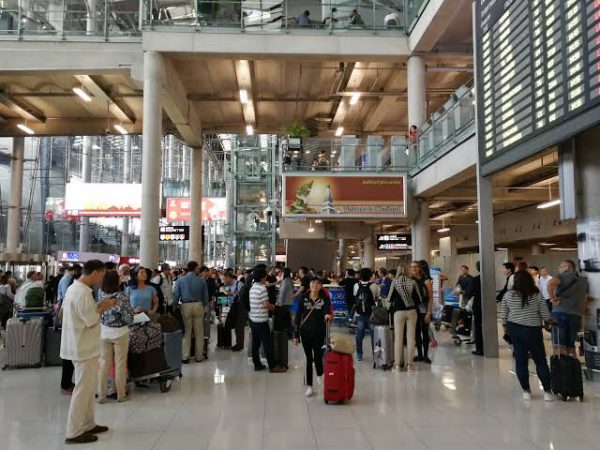
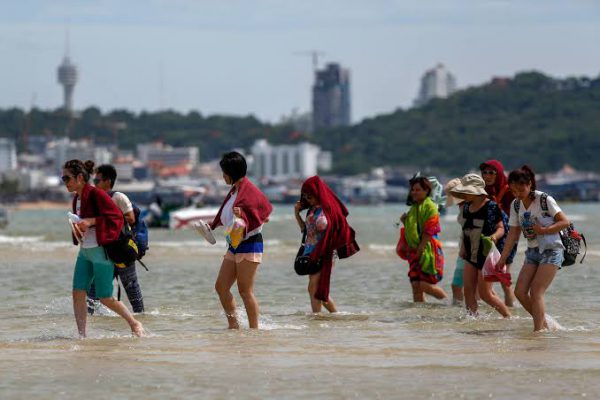
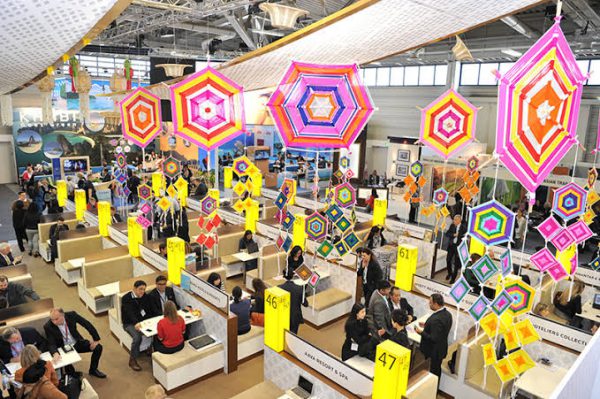
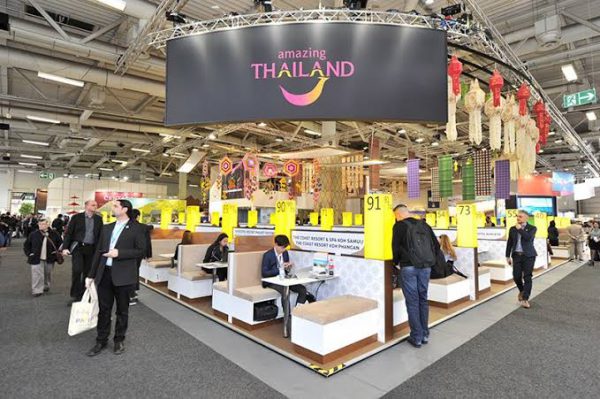
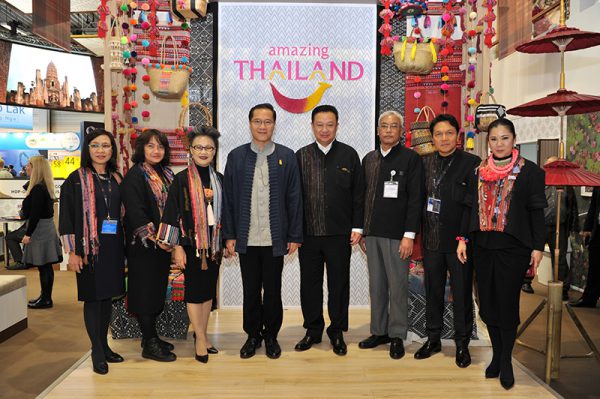





One other project I am very proud of is the Michelin guidebook entry. We signed up with the Michelin in 2017, and the brand-name guidebook for global culinary connoisseurs has steadily added more and more restaurants over the years. Thailand now has 282 restaurants and food stalls listed in this world-famous guidebook. It has generated enormous positive publicity and generated strong inter-sectoral linkages with our bedrock economic force, agriculture.
As above, it seems the present TAT governor really believes that the Michelin guidebook is very important and being his flagship project without knowing the history in the past of TAT’s promotional of Thai food and food tourism for over 50 years until Thai food and food tourism had been founded constantly and popularly globally before the Mechelin step in his era and he should accredit this point to honour every past TAT governors and TAT’s management and staff who had continuously promoted Thai food and food tourism successfully before he has taken the post of TAT’s governor.